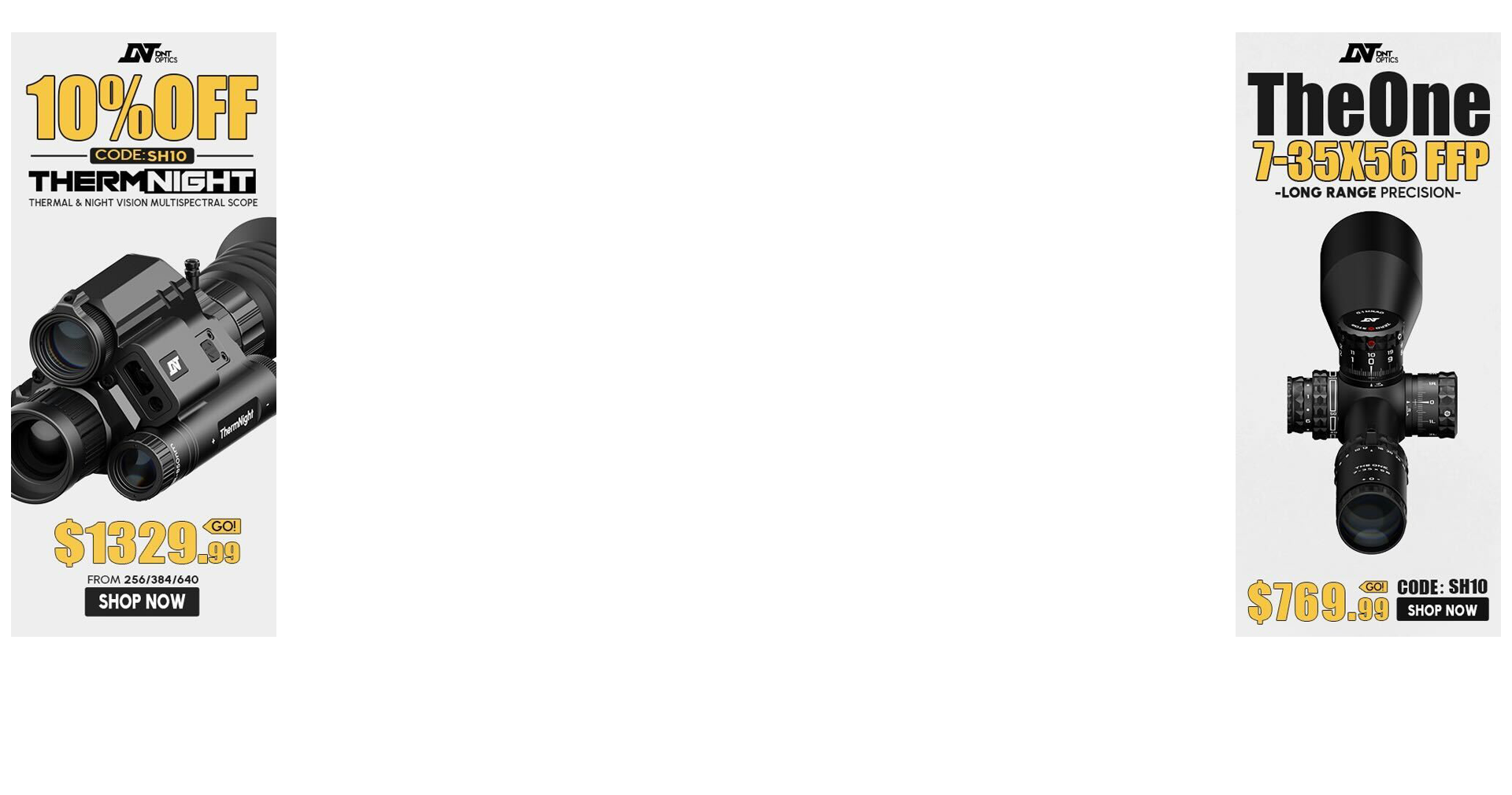You probably aren't going to like me saying this, but if you're just starting into precision rifle shooting, sell the .338 LM and get a .308 Win. .308 is lower recoiling, cheaper to shoot match ammo, and more forgiving for a beginner. Additionally, you should be able to reach 1k with a .308 with practice. The .338 is an expert's cartridge, not something to start out on.
Also, don't put too much stake into the Magpul Precision Rifle videos. They focused more on promoting specific brands of equipment than they did teaching the fundamentals of marksmanship as it pertains to precision rifle. I would recommend the SnipersHide or RiflesOnly videos. Also, hang around this forum for a while and read, research, and ask questions.
With regards to MOA/mil, remember than that most mil scopes are graduated in .1mil increments. This means +/- .05mils, or +/- 1.8 inches at 1000 yards. I don't know of anyone capable of that kind of precision, so MOA/mil doesn't really matter in that regard. What's important is to get a scope where the adjustments match the reticle (mil/mil or MOA/MOA).

